17, July 2021
US: President Biden says Social media misinformation about Covid-19 is ‘killing people’ 0
US President Joe Biden said Friday that social media misinformation about Covid-19 and vaccinations is “killing people” and the White House said Facebook needs to clean up its act.
“They’re killing people. The only pandemic we have is among the unvaccinated. And they’re killing people,” Biden told reporters at the White House, as he left for a weekend at the presidential retreat in Camp David.
The White House is turning up the pressure on social media companies to weed out what officials say is widely spread misinformation on coronavirus vaccinations.
According to US health officials, a current spike in Covid-19 deaths and illnesses around the country is almost exclusively hitting people who remain unvaccinated.
“There is a clear message that is coming through: this is becoming a pandemic of the unvaccinated,” Centers for Disease Control and Prevention director Rochelle Walensky told reporters on Friday.
President Joe Biden said social media platforms ‘are killing people’ after the White House criticized Facebook for allowing misinformation about coronavirus vaccines to be posted on its platform
Many of those refusing vaccinations, despite the ease of availability throughout the United States, have said they do not trust the shots.
Skepticism is being fueled both by false posts spread by anti-vaccine activists online and by Republican politicians claiming the vaccinations are part of attempts at government control.
White House Press Secretary Jen Psaki said that Facebook and others are not doing enough to push back.
“Everybody has a role to play in making sure there’s accurate information,” she said.
Psaki said the White House was taking a more active approach in calling out what it sees as misinformation but insisted that Facebook in particular should react more quickly in taking down problematic posts.
Prolific fake news posters
“There’s about 12 people who are producing 65 percent of anti-vaccine misinformation on social media platforms. All of them remain active on Facebook, despite some even being banned on other platforms,” Psaki said, without identifying those dozen posters.
The White House has “proposed that they create a robust enforcement strategy that bridges their properties and provides transparency about the rules,” she said.
The turning up of the volume against fake news immediately drew accusations from right-wing media that Biden was installing a “Big Brother” type surveillance over citizens’ opinions.
Facebook, which has contracted an army of independent outside fact checkers, including from AFP, to try and clean up its content, pushed back at the White House claims.
“We will not be distracted by accusations which aren’t supported by the facts,” a Facebook spokesperson told AFP.
“The fact is that more than two billion people have viewed authoritative information about Covid-19 and vaccines on Facebook, which is more than any other place on the internet. More than 3.3 million Americans have also used our vaccine finder tool to find out where and how to get a vaccine. The facts show that Facebook is helping save lives. Period.”
Earlier, Facebook said it was taking “aggressive action against misinformation about Covid-19 and vaccines to protect public health,” and that it had removed “more than 18 million pieces of Covid misinformation,” and disabled accounts spreading false information.
The CDC reported more than 33,000 new cases in the United States on Thursday, bringing the seven-day average up to 26,306, a 70 percent rise on the week before.
The seven-day average of hospital admissions is about 2,790 per day, an increase of 36 percent. And after weeks of declines, the seven-day average of deaths was 211, an increase of 26 percent.
The spikes are focused in communities with low vaccination rates and “unvaccinated Americans account for virtually all recent Covid-19 hospitalizations and deaths,” said Jeff Zients, White House coronavirus response coordinator.
The new wave is driven by the Delta variant, which now accounts for more than 80 percent of new cases, according to the covSpectrum tracker.
Source: AFP


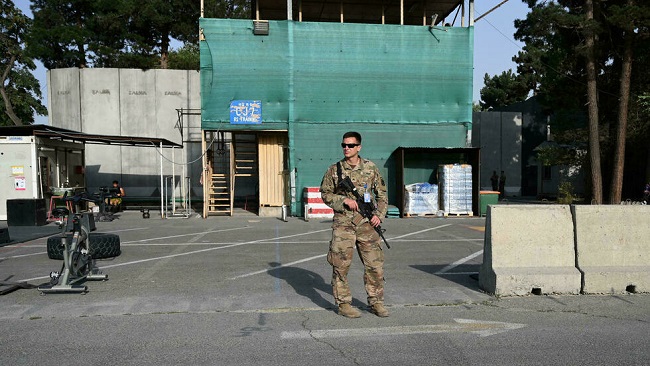
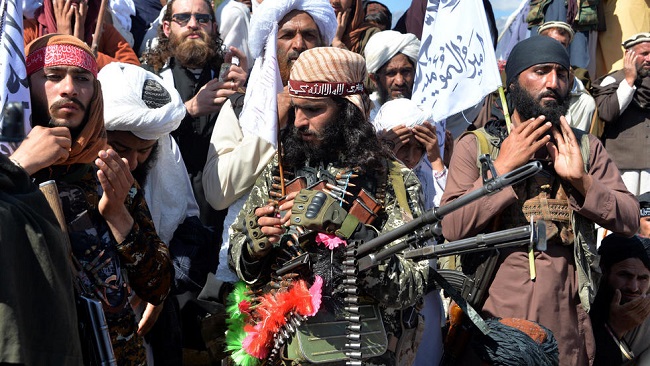
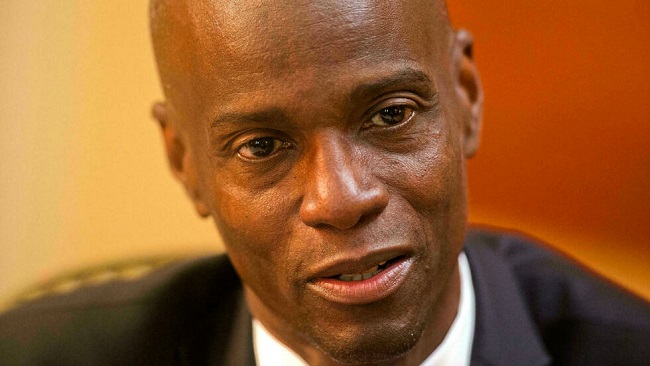

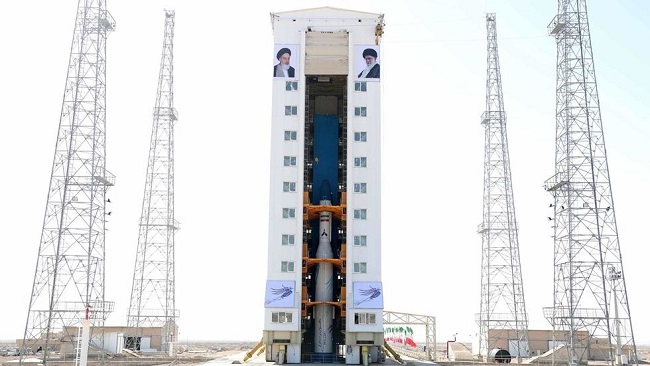
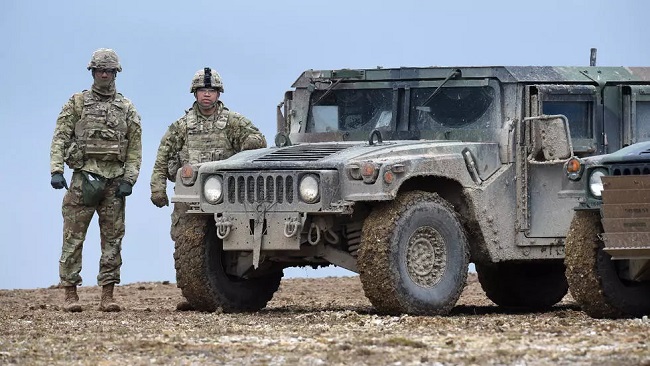
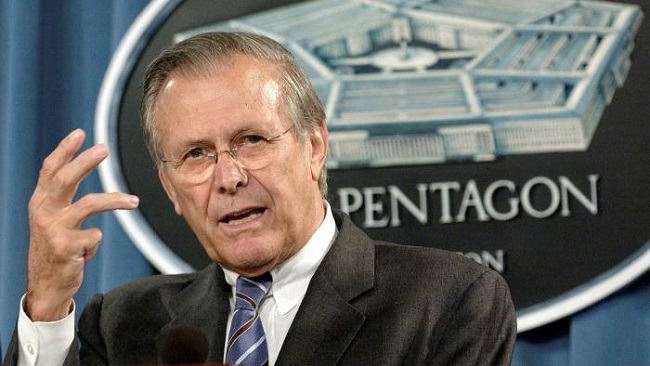
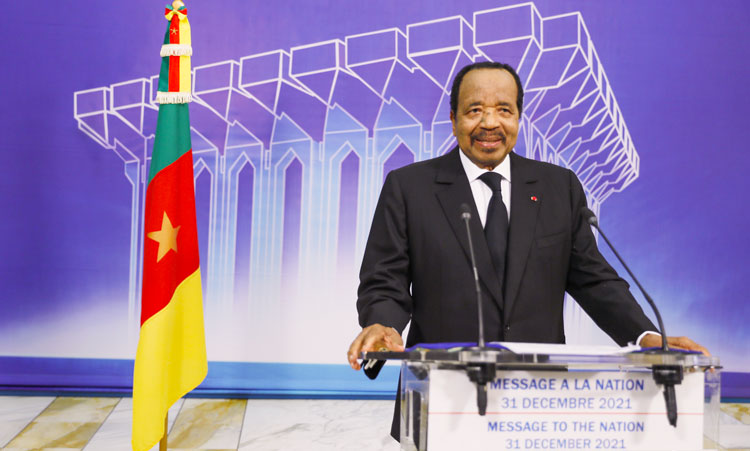
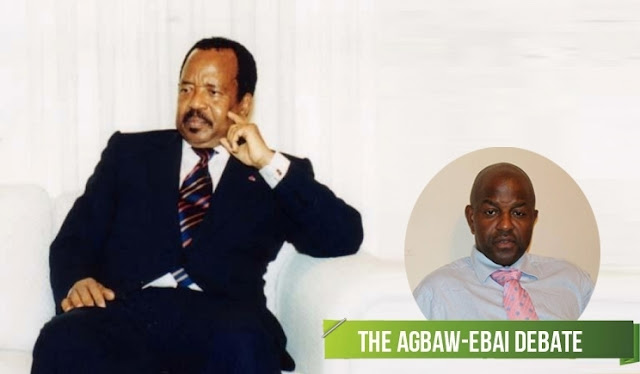
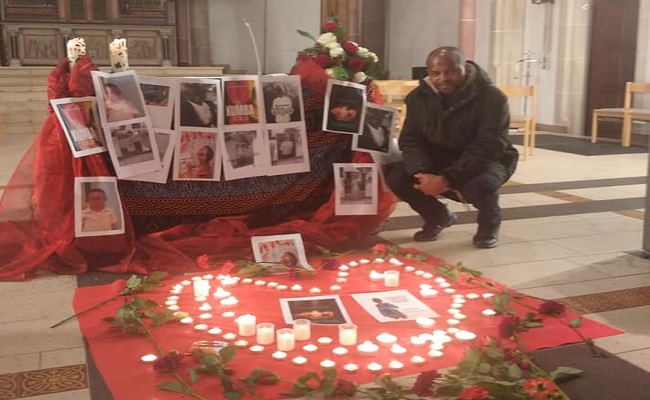












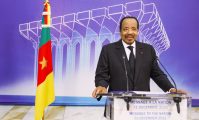

23, July 2021
Haiti holds funeral for slain president Moise under tight security 0
Mourners were set to offer their final farewell to Haiti’s slain president Jovenel Moise under tight security on Friday, just over two weeks after his assassination rattled a country mired in poverty, corruption, and political instability.
Moise, who was 53 when he was shot dead in his home in the early hours of July 7, is set to be interred in Cap-Haïtien, the main city in his native northern region.
According to the official program, the funeral is due to begin in the morning and last for several hours, with large screens set up for mourners to follow the event.
Moise’s widow is expected to be joined at the event by the late president’s relatives, cabinet members, and current and former senior government officials, as well as religious figures and representatives of trade unions and civil society groups.
Cap-Haitien was calm Thursday, but a day earlier clashes broke out when police chief Leon Charles visited. He was booed and heckled while inspecting security arrangements for the funeral.
Local residents blame the police chief for not protecting Moise, whose wife Martine was seriously wounded in the gun attack seemingly carried out by a group of mainly Colombian retired soldiers – with no injuries to the presidential guard.
So far, more than 20 people have been arrested, most of them Colombians, and police say the plot was organized by Haitians with political ambitions and links outside the country.
But the case remains murky, with many unanswered questions.
Haitians have expressed shock that those tasked with protecting the president and his home failed him so abjectly. The impoverished Caribbean nation is riddled with crime and powerful gangs – problems that were exacerbated during Moise’s presidency.
His death has rekindled long-standing tensions between the north of Haiti and the west, which in part stems from historic racial divisions dating back to French colonialism between northern blacks who are descendants of slaves and lighter-skinned Haitians of mixed race living in the south and west.
Some residents have even set up barricades on roads leading to Cap-Haitien to keep people from the capital Port-au-Prince from attending the funeral.
“We are going to do everything we can to honor him the way he deserves, in line with his importance for our city,” said Cap-Haitien Mayor Yvrose Pierre.
Praying for justice
A Catholic mass was held for Moise Thursday at the city’s cathedral, followed by a procession in his honor.
“His assassination saddened me very much. I prayed for his soul. I prayed that justice will be rendered,” said a woman standing near the cathedral, who only gave her first name Carine.
Memorial ceremonies in honor of Moise have been held this week in Port-au-Prince as well.
Attending one of them was new Prime Minister Ariel Henry, who was sworn in Tuesday and vowed to restore order and organize long-delayed elections as sought both by Haitians and the international community.
The US State Department on Thursday named a new special envoy to Haiti tasked with helping to usher along the organization of elections.
Haiti currently has no working parliament and only a handful of elected senators. The interim government installed this week has no president.
US Secretary of State Antony Blinken called Henry on Thursday to express Washington’s “commitment to supporting the Haitian people following the heinous assassination” of Moise.
Blinken also “emphasized the importance of establishing the conditions necessary for Haitians to vote in free and fair legislative and presidential elections as soon as feasible.”
Washington earlier said those elections should be held later this year.
France on Thursday called for legislative and presidential elections to be held “as soon as conditions allow it.”
Moise had ruled Haiti, the poorest country in the Americas, by decree after legislative elections due in 2018 were delayed in following multiple disputes.
As well as presidential, legislative and local elections, Haiti had been due to have a constitutional referendum in September after it was twice postponed due to the coronavirus pandemic.
Source: AFP